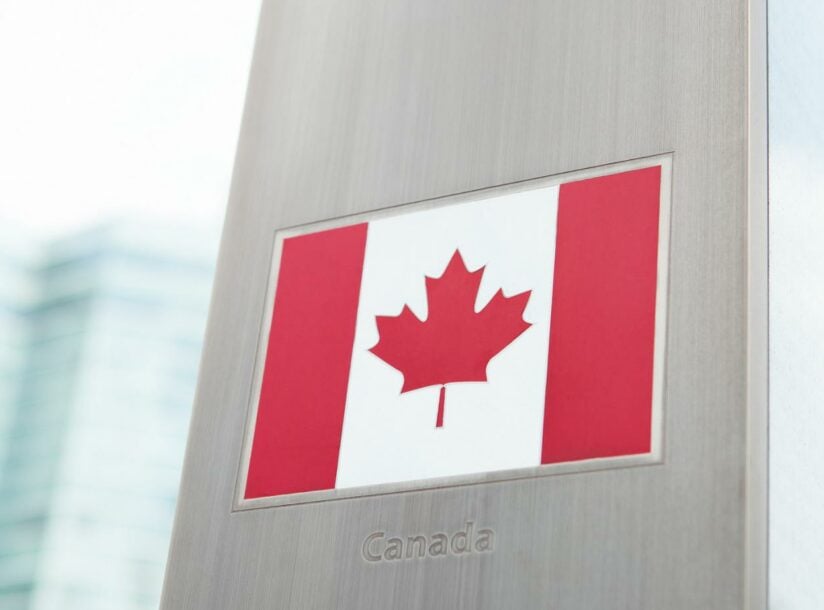3 Options to Reduce or Eliminate Your CRA/Tax Debt

As if tax season isn’t stressful enough, with close to nine million Canadians applying for the Canada Emergency Response Benefit (CERB), this year’s tax season comes with additional challenges for many of us.
For those who remained salaried and hourly employees throughout the COVID-19 pandemic, the process is straightforward for you. The calculations you see on your paycheck are typically very accurate and you should not have a significant balance owing at tax time.
Where tax debt tends to build quickly and get out of control is when you’re not diligent in remitting your income taxes to the Canada Revenue Agency (CRA). This tends to happen to people who are self-employed and miscalculate their total taxes owing and/or forget to leave enough money in their savings account to pay the CRA. And of course, this year, those who collected CERB support will likely fall into this category as well. We also see major tax debt for those who have neglected filing their taxes for several years, generating a large and overwhelming debt to the CRA.
If you fall into any of the above categories, don’t panic. You have options.
What are my options to deal with tax debt I owe to the CRA?
1. Talk to the CRA
Quite often the CRA is willing work with you if you’re unable to make a lump sum payment to cover your total tax debt. Give them a call to explain your financial situation and propose a reasonable amount you can afford to pay back to them each month. It may seem like a tough or intimidating call to make, but we urge you reach out to the CRA as soon as possible. This will help to avoid significant interest that can accumulate on your debt and other penalties like wage garnishment or frozen bank accounts.
2. Talk to your Bank
If you can’t reach an agreement with the CRA, another option is to reach out to your bank to discuss the possibility of a consolidation loan. This option can provide you with the funds to pay off the income tax debt, plus combine any other outstanding debts into a single monthly payment.
3. Talk to a Licensed Insolvency Trustee
If your income tax debt is a major source of anxiety because you can’t afford the payments to the CRA along with your other monthly expenses, a Consumer Proposal or Personal Bankruptcy might be a good option for you.
If your income allows for you to make regular payments but you just can’t afford the entire amount owing, a Consumer Proposal could be your best option to deal with CRA debt along with any other outstanding debts that you’re owing. A Licensed Insolvency Trustee will negotiate with the CRA and any additional creditors you may have on your behalf to reduce the total amount of debt you’re owing. With a Consumer proposal, the interest accumulating on your debt stops and you’re protected from any legal action.
If your debt with the CRA is a large, insurmountable debt given your financial situation, you don’t own many assets and you don’t anticipate your income to change any time soon, filing for bankruptcy is most likely your best and only option.
If you’re struggling with how to manage your tax debt, reach out to Smythe Insolvency now. One of our debt relief specialists will learn about your unique financial situation and help you decide which option is best for you.
Click here to book your free consultation with one of our qualified debt advisors or give us a call at 1 888 751 2668.


